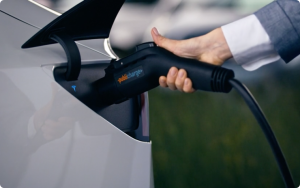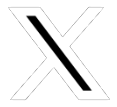Tesla Introducing Virtual Queues for Superchargers: Here’s How It Could Work

Supercharging is fast and convenient, but there are times when a station reaches full capacity, requiring drivers to wait for an available stall. When there are only a few vehicles in line, the wait is minimal, and figuring out whose turn it is to charge is straightforward. However, long queues can form during peak travel times or in high-traffic areas, leading to confusion and frustration as vehicles cut the line.
Currently, there is no official system for managing Supercharger queues—drivers rely on informal, self-organized lines. While many follow an unspoken order, disputes can arise when some claim they arrived first or attempt to cut ahead.
Urban Superchargers in cities like Toronto, Los Angeles, and New York often see long lines during busy hours, with drivers doing their best to maintain order. A structured queuing system could help streamline the process, reducing conflicts and ensuring a fair, organized charging experience for all, and that’s exactly what Tesla is about to implement.
Virtual Queue
The Tesla Charging account on X has confirmed that it plans to introduce a Virtual Queuing system, with a pilot program set to launch at select Supercharger sites next quarter. While Tesla has yet to specify which locations will be included, it’s likely the initial rollout will take place in the United States, where the company typically begins testing new charging initiatives.
Tesla says that if the pilot program receives positive feedback, they will expand the system to more Superchargers this year.
The goal of Virtual Queuing is to improve the charging experience whenever wait times occur. According to Tesla, this would apply to roughly “~1% of cases,” though many high-demand Supercharger sites frequently experience long lines. While some remote locations may see little to no wait times, busier stations could greatly benefit from a structured queuing system.
Potential Implementations
While Tesla hasn’t detailed exactly how the Virtual Queuing system will work, there are a few likely possibilities. One approach could involve locking a vehicle’s VIN into the queue, preventing other vehicles from starting a charge prematurely. In this case, any attempt to charge out of turn might trigger a “Stall reserved for next vehicle in line” message.
This method would provide a straightforward solution—only the next vehicle in the queue would be able to initiate a session. The queuing process itself could be automated when a vehicle navigates to the Supercharger, factoring in estimated arrival time, or it might require manual enrollment once you arrive.
Tesla may also impose limits on queue validity. If a vehicle leaves the charging area, its position could be automatically forfeited.
Software Solution
In China, Superchargers sometimes include locks that come up from the ground, preventing non-Teslas from parking in these designated Supercharger spots. Up until recently, Tesla users had to open up the Tesla app and choose a stall before the lock would go down and allow them to park. However, with a recent update, this is all done on the vehicle’s screen, where the driver can pick the charging stall and automatically have the lock lower.
We may see a similar implementation, where a driver would choose to add themselves to the Supercharger queue, and their position in line and estimated wait time would then be viewable on the vehicle’s screen.
Reservation Signage
Tesla’s reservation about this new queuing system could be around driver confusion. Superchargers weren’t built with a queue system in mind, meaning that there’s no way to tell whether a stall is reserved for a specific vehicle.
A physical indicator could help owners quickly identify when a Supercharger stall is available for the next vehicle in the queue. Tesla could implement a system similar to grocery store checkout lights, where a change in lighting signals whether a register is open or closed.
For example, the Supercharger post could pulse blue when it’s ready for the next user, with a corresponding message in the vehicle stating, “Use the Supercharger post that is pulsing blue.” This would provide a clear, intuitive way to direct drivers to the correct stall.
Tesla can also display a menu inside a vehicle when it first arrives at a Supercharger, letting the driver know that there’s a wait time and explaining the process and their estimated wait time. It can also prompt the driver to be added to the queue.
Tesla Priority
Another factor to consider is how Tesla will handle non-Tesla vehicles in the queue. One possibility is giving priority access to Tesla owners or those subscribed to the Supercharger membership. This would ensure that Tesla vehicles and paying members receive preferred access at busy Supercharger sites, making the membership more valuable while also incentivizing Tesla ownership—especially as the network expands to other EV brands.
Regardless of whether Tesla introduces priority access, the Supercharger queuing system will be a valuable addition, particularly in high-traffic urban locations and during peak travel seasons. By having an official queue Tesla will create a smoother and more organized charging experience for all users.












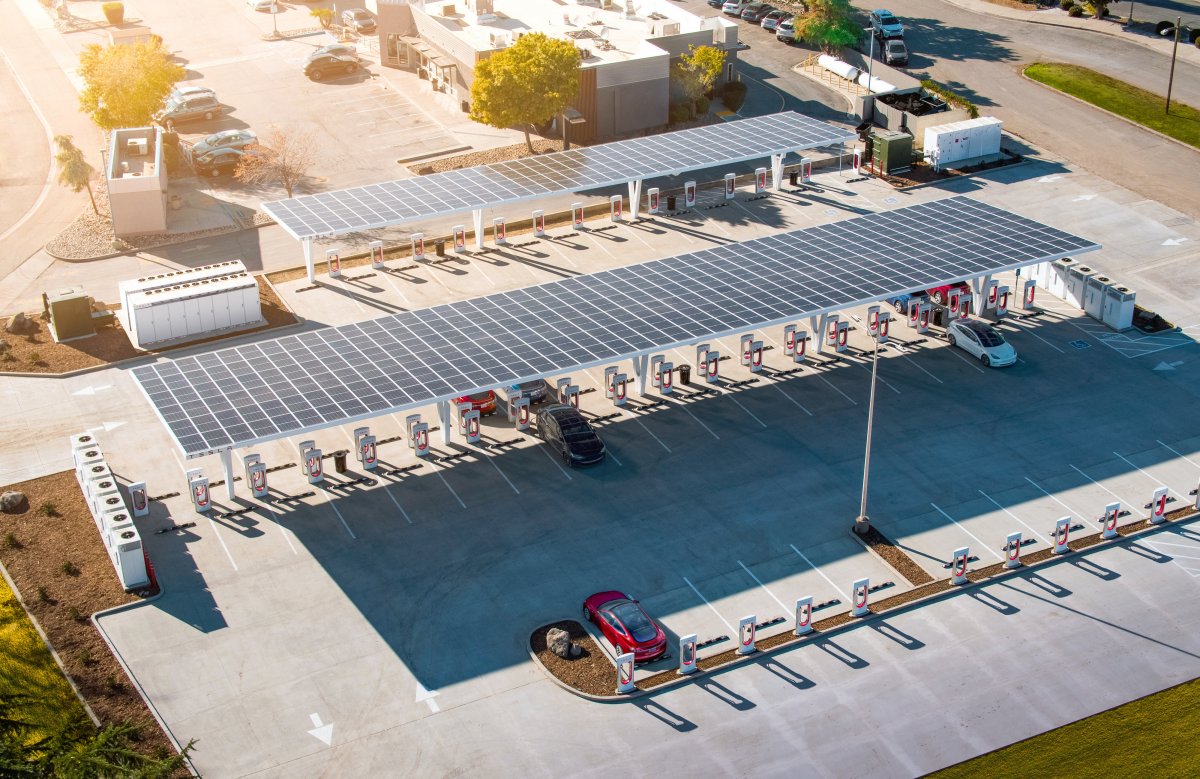
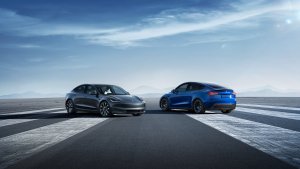
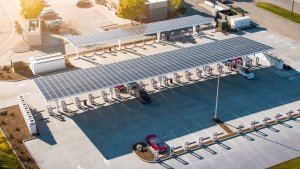
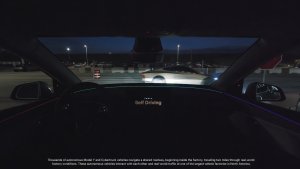
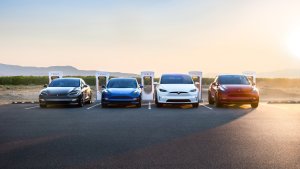
![Tesla’s Missing Voice: Why a PR Team Matters More Than Ever [Opinion]](https://www.notateslaapp.com/img/containers/article_images/multiple-models/group_93.jpg/4e1056961f0480c7b9eff43dd2ec288e/group_93.jpg)
![Tesla's Hidden 'Elon Mode' Unveiled: A Sneak Peek into the Future of FSD [Video]](https://www.notateslaapp.com/images/news/2022/fsd-beta-inside_300w.jpg)
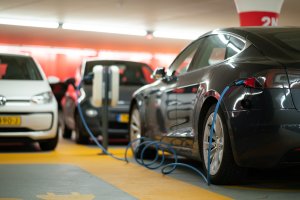
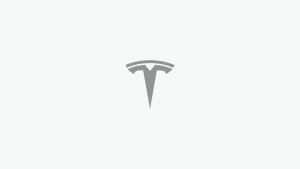






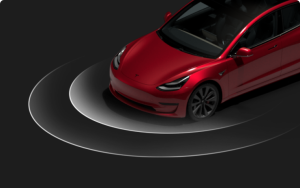
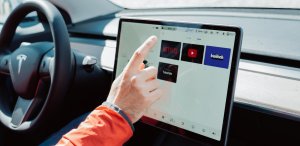
![Elon talks about Twitter and job cuts at Bloomberg forum [video]](https://www.notateslaapp.com/images/news/2022/elon-musk-qatar-forum_300w.jpg)
